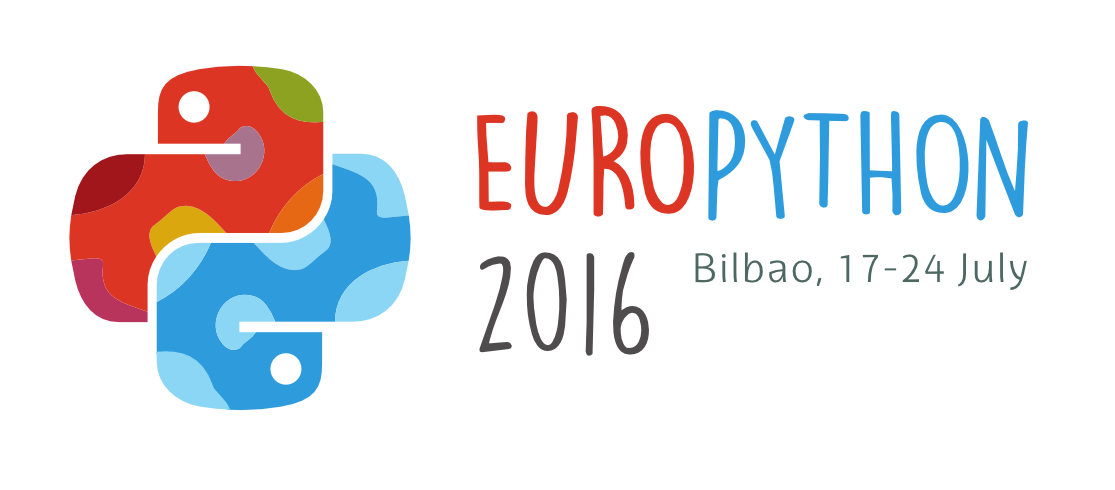Driving a Rover on the Moon with the Power of your Mind
Humans have been dreaming for centuries about controlling their surroundings solely by the power of their minds. Nowadays, these dreams are slowly becoming reality due to a variety of inexpensive brain-computer interfaces (BCI) that detect neural activation patterns and support the control of devices by brain signals. In this experimental setup, we intend to evaluate the performance of a commercial electroencephalographic (EEG) headset (Emotiv EPOC) in combination with a robotic simulation environment based on the Robot Operating System (ROS) and the Gazebo 3D simulator, and highlight the advantages and limitations of this approach. The user will able to control one degree of freedom (yaw) of a four-wheeled rover (the CLEARPATH Robotics Husky) via the EPOC EEG and drive it trough simulated Moon terrains constructed using images and topographic (elevation) satellite data and integrated into Gazebo. We are also planning to extend the experimental setup to include the use of Virtual Reality for the 3D visualization (this is subject to the successful integration of the Oculus Rift DK2 headset support in Gazebo which we are currently testing).
